2-Ply Labels Explained
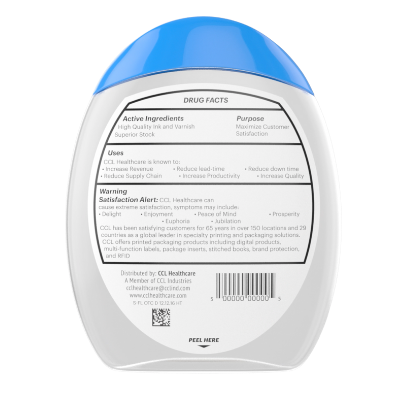
2-ply labels are becoming increasingly popular in the pharmaceutical industry due to their ability to provide expanded content and additional information on small packaging. The use of 2-ply labels allows pharmaceutical companies to include more information on their products without having to increase the size of the packaging, which can be particularly important for products that need to be small and portable.
Medication labeling – 5 Mistakes to Avoid
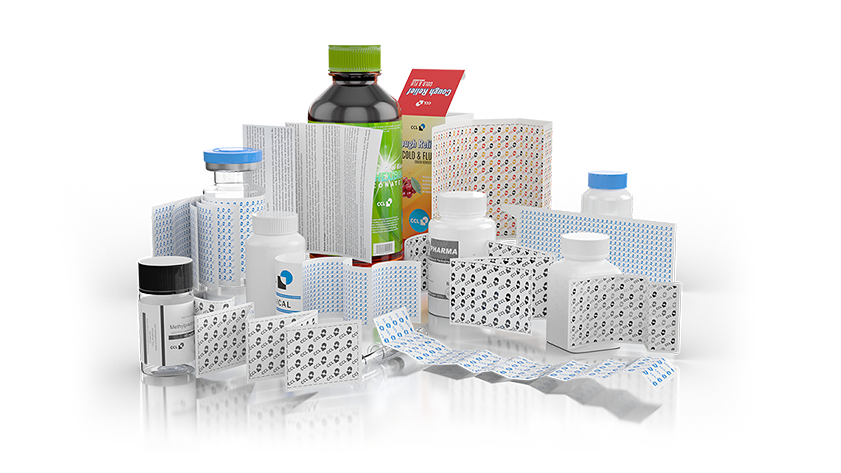
Medication errors are a serious issue that can have significant consequences for patients. According to the World Health Organization (WHO), medication errors are a leading cause of injury and avoidable harm in healthcare systems worldwide. Here are some common medication errors and how to avoid them
7 Considerations for Pharmaceutical Medication Labeling
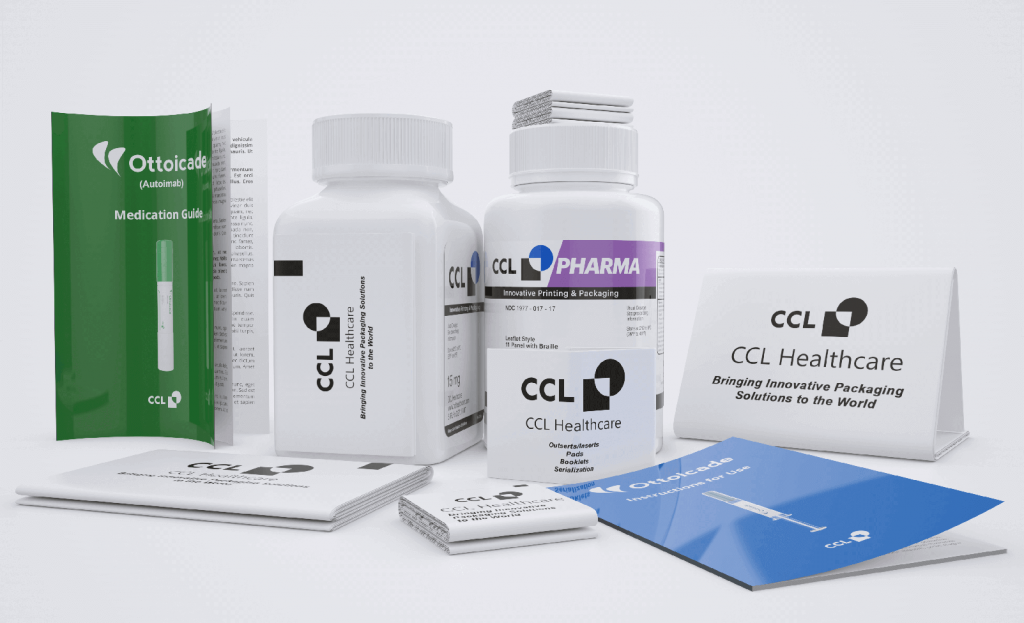
Pharmaceutical labeling plays a critical role in ensuring patient safety and medication adherence. Proper labeling can help patients to understand their medications and how to take them correctly. Here are some best practices for pharmaceutical labeling:
Medication Start up Guides
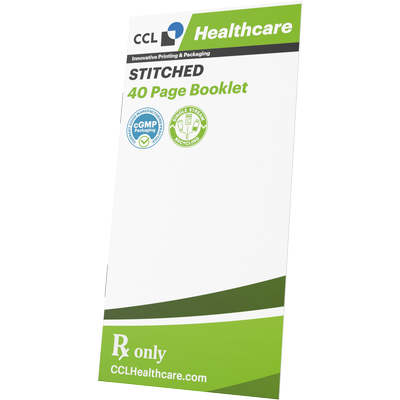
A medication start-up guide is a comprehensive guide that provides information and guidance to patients who are starting a new medication. The guide typically covers a range of topics related to the medication, including dosing instructions, potential side effects, and safety information.
Printed Patient Information

Printed patient information is an essential component of patient care that can help to ensure medication adherence, prevent medication errors, and improve health outcomes. By providing patients with clear and concise information about their medication, healthcare providers can empower patients to take an active role in their own care, leading to better health outcomes and overall patient satisfaction.
Pharmaceutical Serialization
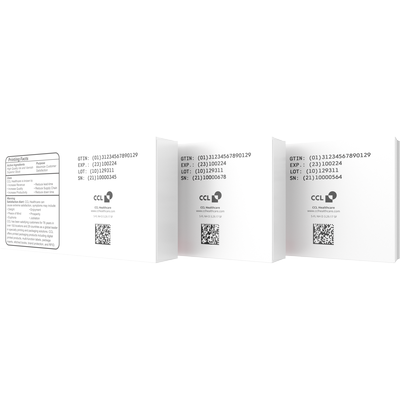
Pharmaceutical serialization is the process of assigning a unique identification code to each individual package or unit of medication. This identification code allows the package to be tracked through the entire supply chain, from the manufacturer to the pharmacy or hospital. Pharmaceutical serialization has become increasingly important in recent years due to concerns about drug counterfeiting, diversion, and theft.